Understanding the Process: How to Sign a Notarial Deed Correctly
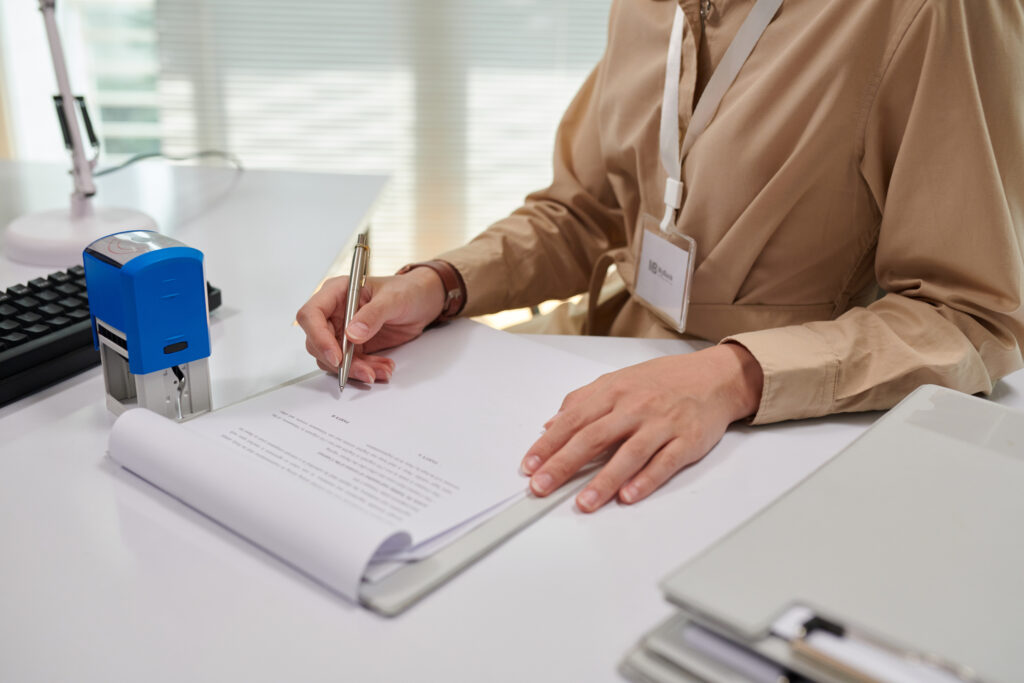
Signing a notarial deed is a crucial step in many legal and financial transactions. Whether you’re a notary public or a client needing a document notarized, understanding the correct process is essential to ensure the deed’s validity and legal standing. This comprehensive guide will walk you through what a notarial deed is, the legal requirements, preparation steps, the actual signing process, post-signing procedures, and how to handle common issues that might arise. By the end of this article, you will be well-equipped to navigate the complexities of signing a notarial deed correctly.
Table of Contents
What is a Notarial Deed?
A notarial deed is a formal, legally binding document authenticated by a notary public. Unlike simple notarial certifications that verify the authenticity of signatures, a notarial deed involves a comprehensive process where the notary drafts the document based on legal requirements and the parties’ declarations of will. This ensures that the document has significant legal weight and serves as strong evidence in legal matters.
Notarial deeds are often required for significant transactions such as real estate sales, wills, and business agreements. They provide a higher level of trust and security because they are drafted, read aloud, signed in the notary’s presence, and then sealed by the notary. The notary also keeps the original document, ensuring its integrity and authenticity.
Key Characteristics of Notarial Deeds
Notarial deeds differ from other notarized documents in several ways. First, they must be drafted by the notary based on the specific transaction’s requirements. The document must clearly articulate the parties’ intentions and comply with legal standards to be considered valid. Additionally, the notary must ensure that all parties involved understand the document and are signing it voluntarily, without any coercion.
The notarial deed must also include specific elements such as the date of the notarization, the names of the parties involved, a detailed description of the transaction, and the notary’s signature and seal. These elements are crucial for the document’s validity and legal enforceability.
Legal Requirements for Signing a Notarial Deed
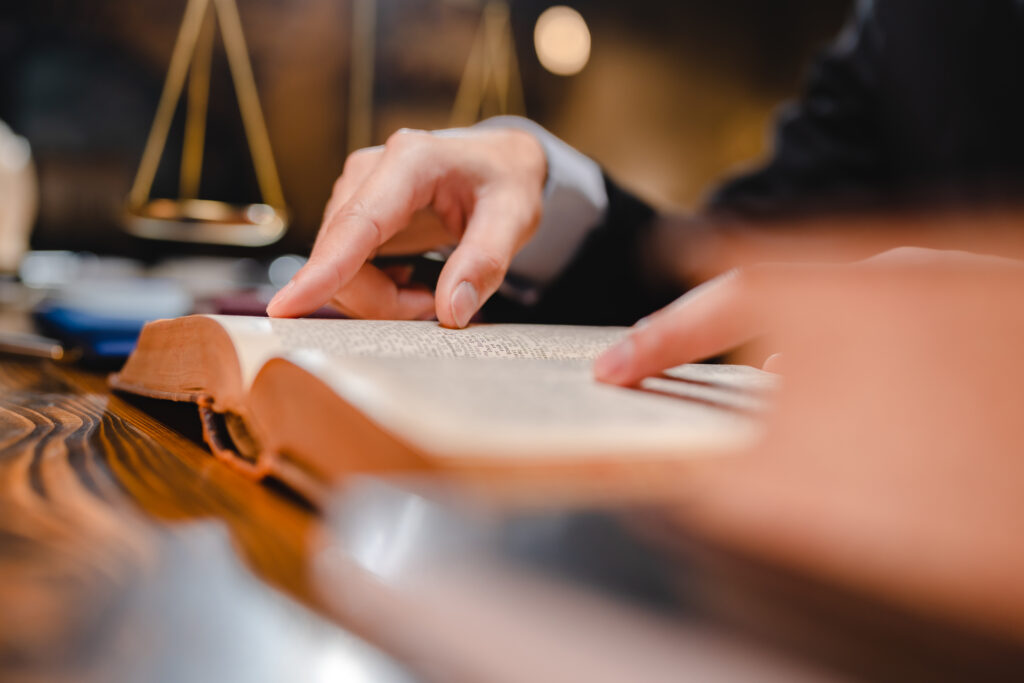
Legal requirements for signing a notarial deed vary from state to state, but some key elements are universally required. First, the deed must be signed in the presence of a notary public who is authorized by the state to perform notarial acts. The notary must verify the identity of the signatories using government-issued identification such as a driver’s license or passport.
Essential Elements of a Notarial Deed
The notarial deed must include specific elements to be considered valid. These typically include:
- Date of the Notarization: The exact date when the notarization takes place.
- Names of the Parties: Full names of all parties involved in the transaction.
- Description of the Transaction: A detailed explanation of the transaction or agreement.
- Notary’s Signature and Seal: The notary’s official signature and seal to authenticate the document.
Role of the Notary Public
The notary public plays a crucial role in this process. They must ensure that the signatories are competent to sign the document, meaning they understand the contents and implications of what they are signing. The notary also serves as an impartial witness to the signing process, providing an additional layer of security and trust. The notary must verify that the signatories are not under any duress or coercion, and they must ensure that the document is complete and accurate.
Preparing for the Signing Process

Preparation is key to a smooth and successful signing process. Both the notary and the clients need to have all necessary documents and identification ready. For clients, this means bringing a valid, government-issued photo ID and any documents that need to be notarized. It’s also essential to ensure that the documents are complete and ready for signing, as notaries are not allowed to notarize incomplete documents.
Common Mistakes to Avoid
Common mistakes to avoid include not having proper identification, bringing copies instead of original documents, or having incomplete or incorrect information in the documents. Clients should review their documents thoroughly before the appointment to ensure everything is in order.
Preparation Checklist
A checklist can be incredibly helpful for both notaries and clients. This list should include verifying identification, ensuring the documents are complete, and making sure all parties understand the document and are signing voluntarily. Preparation minimizes the risk of errors and ensures a smooth process.
Step-by-Step Guide to Signing a Notarial Deed
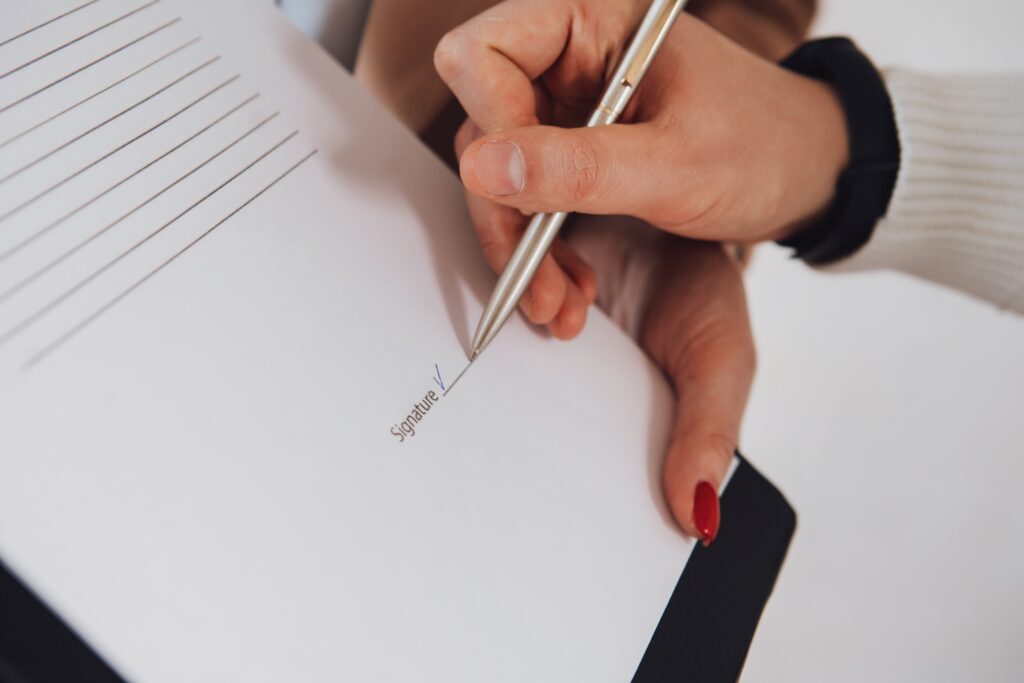
The signing process involves several detailed steps that must be followed meticulously to ensure the document’s legality. Here’s a step-by-step guide:
Verification of Identity
The notary public verifies the identity of all signatories using valid photo IDs. This step is crucial to ensure that the signatories are who they claim to be and that they are legally allowed to sign the document.
Review of Documents
The notary reviews the documents to ensure they are complete and free of alterations. This step ensures that the document is legally binding and that there are no errors or omissions that could invalidate it.
Explanation of the Document
The notary explains the document to the signatories, ensuring they understand its contents and implications. This step is crucial to ensure that the signatories are fully aware of what they are signing and that they are doing so voluntarily.
Signing of the Document
The signatories sign the document in the presence of the notary. This step ensures that the document is signed correctly and that there are no discrepancies.
Notary’s Signature and Seal
The notary signs the document and applies their official seal, completing the notarization process. This step ensures that the document is legally binding and that it has been properly authenticated.
Notary’s Role and Responsibilities

The notary public plays a pivotal role in the signing process. Their responsibilities extend beyond merely witnessing the signing of the document. They must ensure that the signatories are signing willingly and that they understand the document’s contents. The notary must also verify that the signatories are not under any duress or coercion.
Impartiality and Neutrality
Impartiality is a cornerstone of the notary’s role. The notary must remain neutral and cannot have any personal interest in the transaction. This impartiality helps maintain the integrity of the process and ensures that the notarized document can be trusted.
Consequences of Notary Errors
Errors or misconduct by the notary can have serious consequences. If a notary fails to verify identities properly or does not ensure the document’s completeness, the notarial deed may be challenged in court. Such errors can lead to legal disputes and undermine the document’s validity.
Post-Signing Procedures
After the notarial deed is signed, there are several important post-signing procedures to follow. These steps ensure the document’s authenticity and proper record-keeping. The notary must enter the details of the notarization into their official journal, including the date, type of notarization, names of the signatories, and the nature of the document.
Record-Keeping
Record-keeping is a critical part of a notary’s duties. Maintaining accurate records helps protect the notary in case of future disputes or legal challenges. These records can be used as evidence to support the notary’s actions and verify the document’s authenticity.
Verifying the Deed’s Authenticity
Verifying the deed’s authenticity is another crucial step. The notary’s seal and signature on the document provide a guarantee that the document has been notarized correctly. Clients should ensure that the notarized deed includes the notary’s seal and signature before finalizing any transactions.
Common Issues and How to Address Them
Despite careful preparation, issues can still arise during the signing process. Common problems include expired identification, incomplete documents, or signatories not fully understanding the document. It’s important to address these issues promptly to avoid delays or complications.
Addressing Expired Identification
If a signatory’s identification is expired, they must provide a valid, government-issued ID. This step ensures that the signatory’s identity is properly verified and that the document is legally binding.
Handling Incomplete Documents
Incomplete documents should be reviewed and completed before the signing appointment. This step ensures that the document is complete and free of errors, which can help avoid legal disputes.
Ensuring Understanding of the Document
If a signatory does not understand the document, the notary should provide a clear explanation or suggest seeking legal advice. This step ensures that the signatory is fully aware of what they are signing and that they are doing so voluntarily.
Rescheduling the Signing Appointment
When issues cannot be resolved on the spot, it may be necessary to reschedule the signing appointment. This ensures that all parties have the time to address any problems and come prepared for a successful notarization.
Conclusion
Signing a notarial deed correctly is a meticulous process that requires careful preparation, adherence to legal requirements, and a clear understanding of the steps involved. Both notaries and clients play crucial roles in ensuring the document’s validity and legal standing. By following the guidelines outlined in this article, you can navigate the complexities of signing a notarial deed with confidence and accuracy. Remember, the integrity of the notarial process hinges on attention to detail and a commitment to best practices.
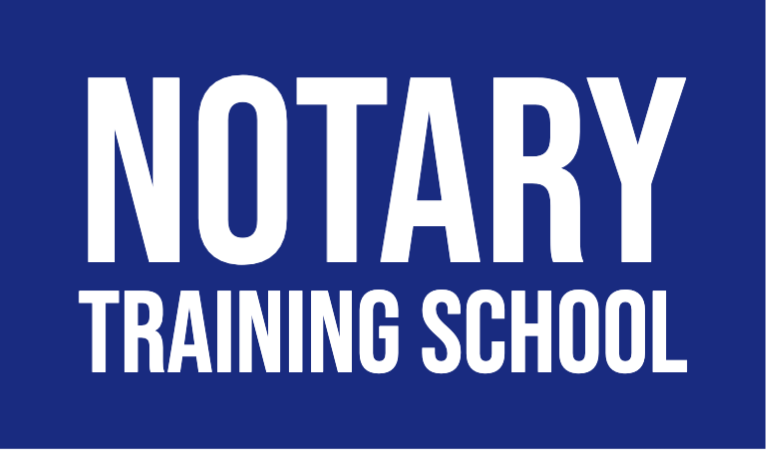
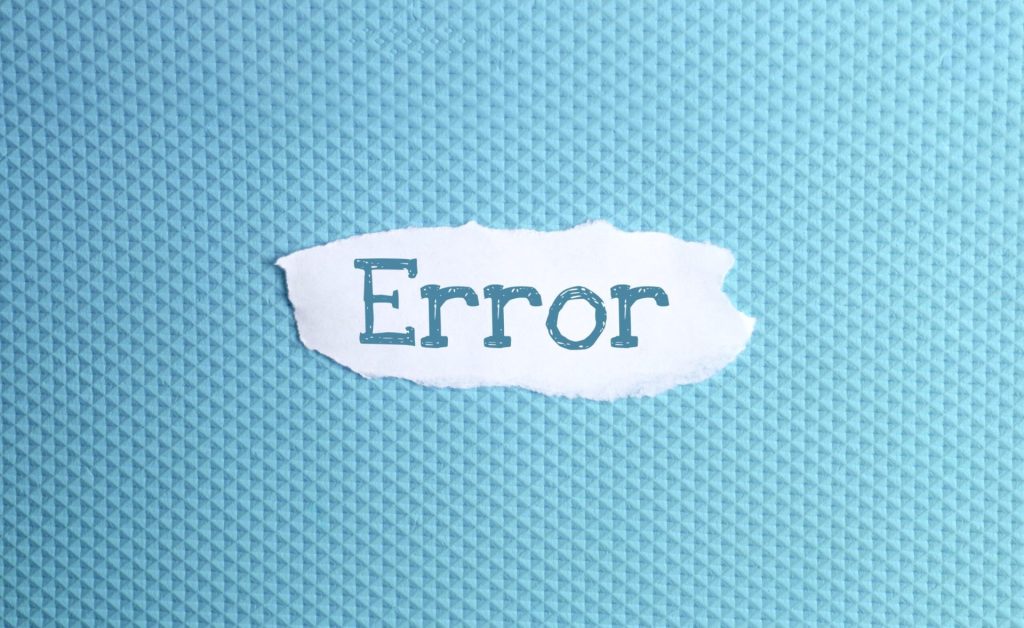


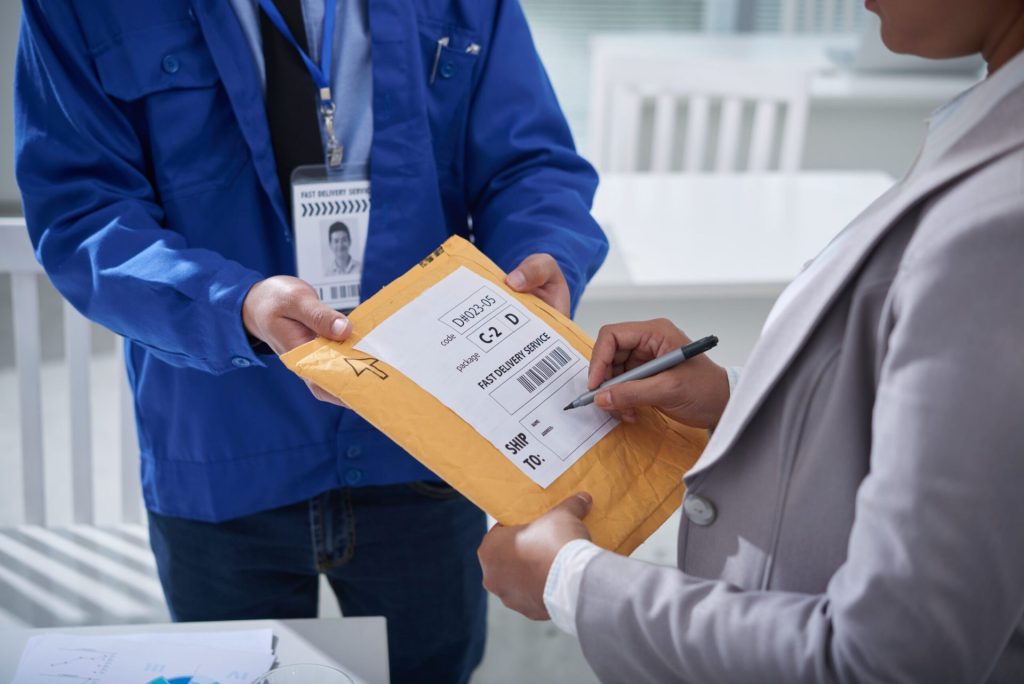

Responses